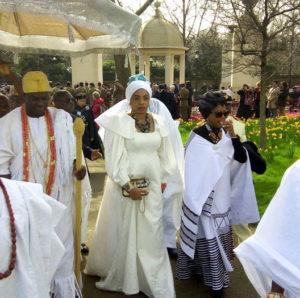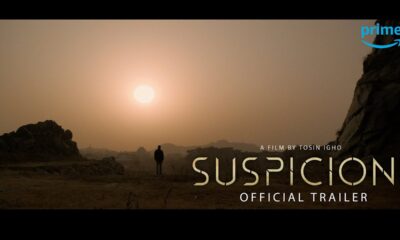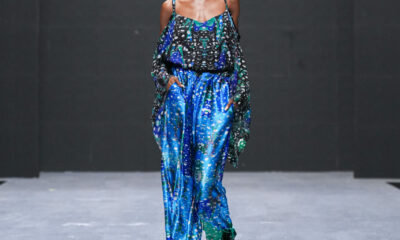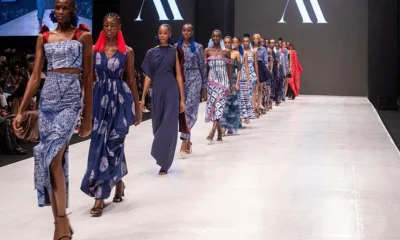Sungbo’s Eredo is a fascinating system of defensive walls and ditches. It is near Ijebu Ode, a Yoruba town in Ogun State, southwest Nigeria. Built between 800 and 1000 AD, this structure was erected in honour of Oloye Bilikisu Sungbo. She was a noblewoman from the Ijebu Kingdom.
Spanning more than 160 kilometers (99 miles), Sungbo’s Eredo remains one of the most notable earthworks in West Africa, serving as a testament to the engineering ingenuity of the time.
Construction and Features of Sungbo’s Eredo
The fortifications that make up Sungbo’s Eredo consist of a massive ditch and an earthen bank. With its smooth, sloping walls, the ditch is reinforced by a large bank on the inner side.
In some areas, the difference in height between the bottom of the ditch and the top of the bank reaches 20 meters (66 feet), a stunning feat given the rudimentary tools available during the construction period.
The entire structure forms a rough circle, enclosing the heart of the ancient Ijebu Kingdom. The ring stretches about 40 kilometres (25 miles) from north to south, and over time, trees and vegetation have grown around the walls, turning sections of the Eredo into lush, green tunnels.
Legends Surrounding Sungbo’s Eredo
The local people of Ijebu link Sungbo’s Eredo to Bilikisu Sungbo, a wealthy and childless widow. According to oral tradition, the massive earthwork was built as a personal memorial for her.
Another layer of legend claims that her grave is located in Oke-Eiri, a town just north of Sungbo’s Eredo. This is where pilgrims of different faiths — Christians, Muslims, and traditional African religious followers — visit annually to pay homage.
Interestingly, some historians and local folklore connect Bilikisu Sungbo with the legendary Queen of Sheba. She appears in both the Bible and the Quran.
In the Hebrew Bible, the Queen of Sheba is said to have brought gifts of gold, ivory, and other treasures to King Solomon. In Islamic tradition, she is an Ethiopian sun-worshipper who converts to Islam after meeting Solomon.
Some Islamic commentators even suggest her name was “Bilqis.” While this theory cannot be confirmed, it has fueled further curiosity about the origins of Sungbo’s Eredo.
Archaeological Findings and Theories
In 1999, archaeologist Patrick Darling led excavations at Sungbo’s Eredo. He unearthed evidence that pointed to a highly organized and large-scale polity in the region before the advent of the trans-Atlantic trade. Darling’s team discovered that the Eredo served a defensive purpose during construction. This was between 800 and 1000 AD.
This period is a time of political strife and consolidation within the southern Nigerian rainforest. Therefore, many believe Sungbo’s Eredo was part of a broader trend of building walls and ditches across western Nigeria. Moreover, it was similar to the fortifications found around Ifẹ̀, Ilesa, and the Benin Iya.

The construction of Sungbo’s Eredo is believed to have been driven by a desire. This desire is to unify diverse communities into a singular, powerful kingdom. Interestingly, the builders deliberately dug deep into the ground to reach groundwater or clay. Furthermore, this created swampy ditches in certain areas.
In some places, conical idol statues were placed at the bottom of these ditches, further adding to the cultural and spiritual significance of the site.
Modern Interest and Renewed Attention
Despite its historical significance, Sungbo’s Eredo remained relatively unknown outside of its immediate surroundings until the late 20th century. Forty years passed between Professor Peter Lloyd’s initial analysis of the site and Patrick Darling’s 1999 survey, which brought the ancient earthwork into the global spotlight.
Darling’s work led to widespread media attention. It ignited interest in preserving Sungbo’s Eredo and exploring its place in West African history. Although difficult to prove, he emphasized that the local belief in the site’s connection to the Queen of Sheba added an essential layer to its cultural importance.
In 2017, Ade Olufeko, a Nigerian polymath, led a freelance team on an ambitious project to map and explore Sungbo’s Eredo. Olufeko’s team combined advanced technology with historical research to document the site, reigniting interest in this ancient marvel.
Their work brought the site back into social dialogue and connected Sungbo’s Eredo to international academic circles, think tanks, and tourism. This effort has contributed to a better understanding of Sungbo’s Eredo and sparked new conversations about its place in Nigerian and global history.
Significance of Sungbo’s Eredo in West African History
The size and intricate construction of Sungbo’s Eredo have led scholars to reconsider the political and cultural development of West Africa before European contact.
The site shows that large, complex societies in the region were already flourishing long before the trans-Atlantic trade began. These communities on a massive scale, were capable of organizing labor, managing resources, and constructing monumental earthworks that rival those in other parts of the world.
Sungbo’s Eredo also underscores the importance of local traditions and spiritual beliefs in constructing ancient African societies. The inclusion of idol statues and the deliberate creation of swampy ditches point to the cultural and spiritual dimensions of the site. Indeed, this makes it not only a defensive fortification but also a place of ritual significance.
If you enjoyed reading this article, visit here for more.


 FOOD5 days ago
FOOD5 days ago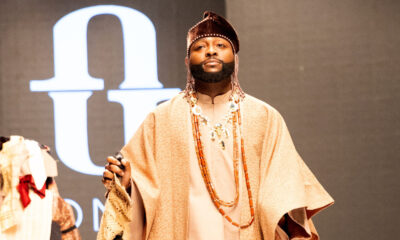
 FASHION7 days ago
FASHION7 days ago
 FASHION3 days ago
FASHION3 days ago
 TRAVEL4 days ago
TRAVEL4 days ago
 ENTERTAINMENT7 days ago
ENTERTAINMENT7 days ago
 BUSINESS4 days ago
BUSINESS4 days ago
 ENTERTAINMENT4 days ago
ENTERTAINMENT4 days ago
 MOVIES6 days ago
MOVIES6 days ago

